Imagine watching a modern play in the same spot where audiences cheered for Sophocles more than 2,000 years ago. These ancient theaters have survived wars, earthquakes, and centuries of neglect, yet they continue to host performances today.
Their stone seats have witnessed everything from classical Greek tragedies to contemporary concerts, proving that great architecture truly stands the test of time. These remarkable venues offer something no modern theater can match: a direct connection to the birth of Western drama.
Here are 18 ancient theaters where the show still goes on.
Theater of Dionysus, Greece
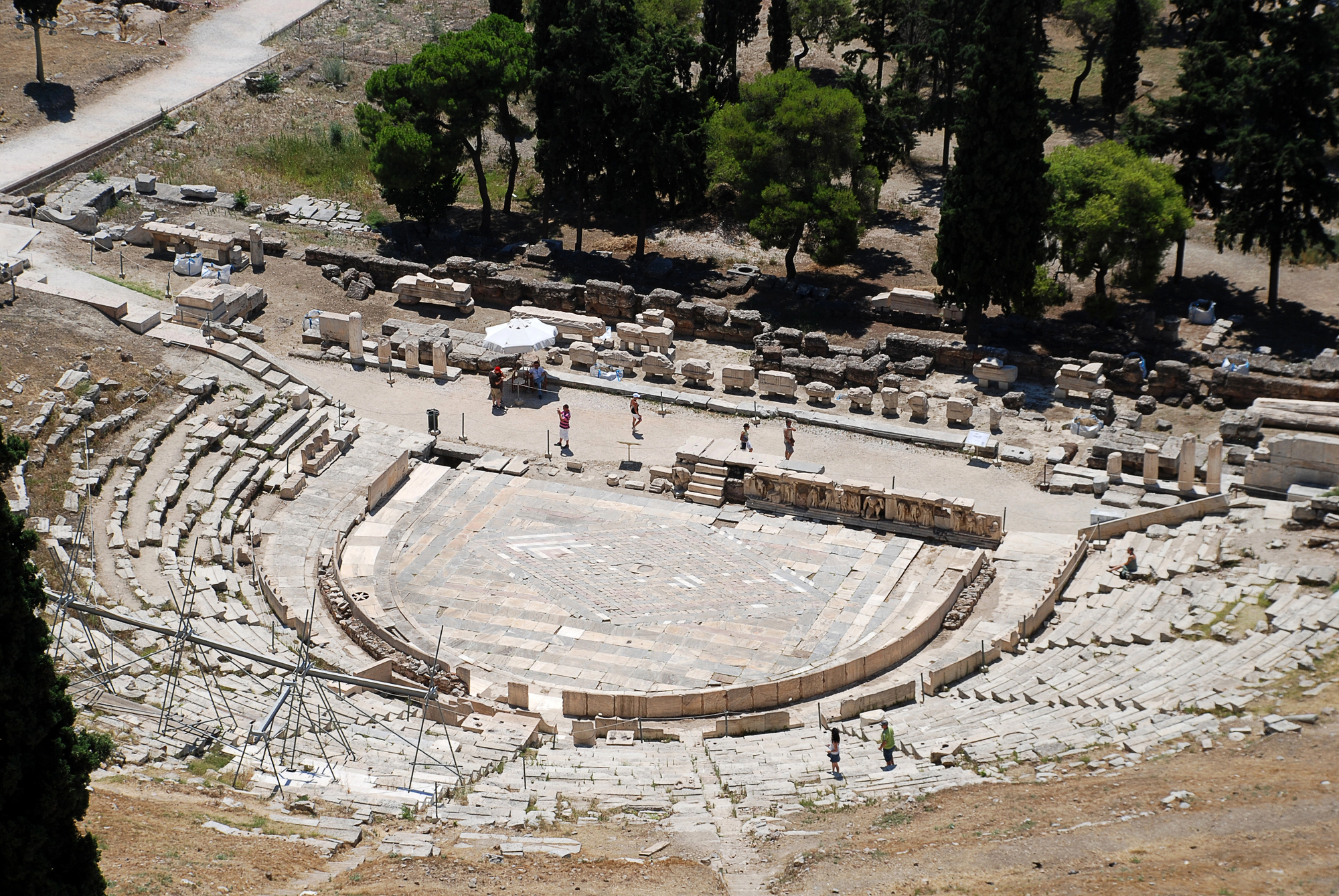
Built into the southern slope of the Acropolis around 534 BC, this Athens landmark is considered the birthplace of Greek tragedy. The original wooden seats gave way to marble ones that could hold 17,000 spectators, and plays by Aeschylus, Sophocles, and Euripides premiered here.
Today’s Athens Festival brings contemporary performances to these ancient stones, creating an incredible bridge between past and present.
Theater of Epidaurus, Greece
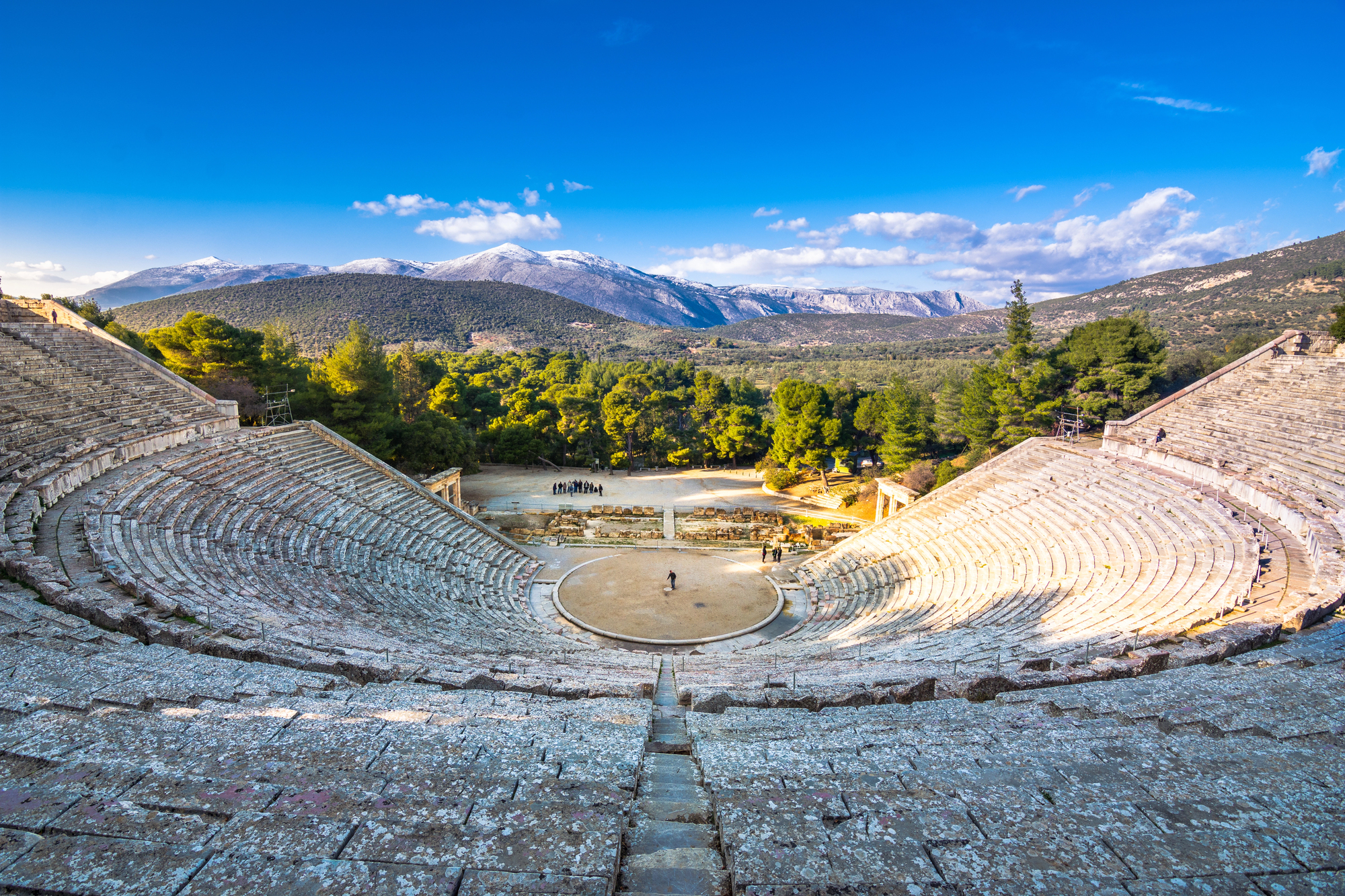
This 4th-century BC masterpiece boasts acoustics so perfect that a whisper from the stage reaches the back row clearly. The semicircular design and limestone construction create natural amplification that modern sound engineers still study.
Summer festivals here feature both classical Greek plays and international productions, with audiences sitting in the exact same spots as ancient Greek theater-goers.
Odeon of Herodes Atticus, Greece

Wealthy Roman senator Herodes Atticus built this stunning venue in 161 AD as a memorial to his wife. The theater clings to the southwestern slope of the Acropolis and originally featured a cedar roof that covered all 5,000 seats.
The Athens Festival has used this venue since 1957, hosting everyone from Maria Callas to Sting against the backdrop of the illuminated Parthenon.
Like Travel Pug’s content? Follow us on MSN.
Roman Theater of Orange, France
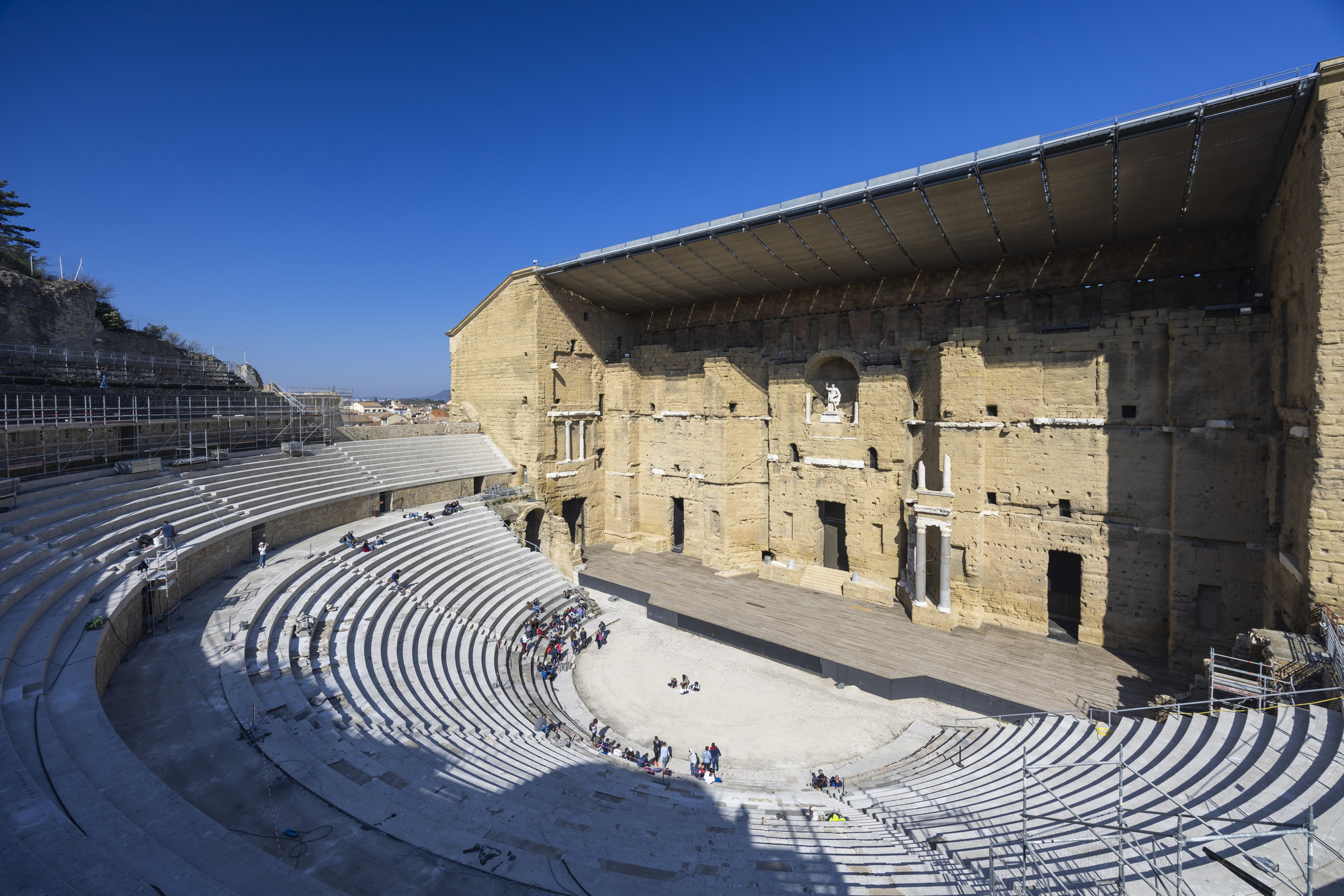
This remarkably preserved 1st-century theater still features its original stage wall, standing 121 feet high and decorated with elaborate carvings. The massive structure could seat 10,000 Romans who came to watch comedies and tragedies imported from Greece.
Les Chorégies d’Orange, one of France’s oldest festivals, has been staging operas here since 1869, taking advantage of acoustics that need no amplification.
Teatro Romano, Italy (Verona)
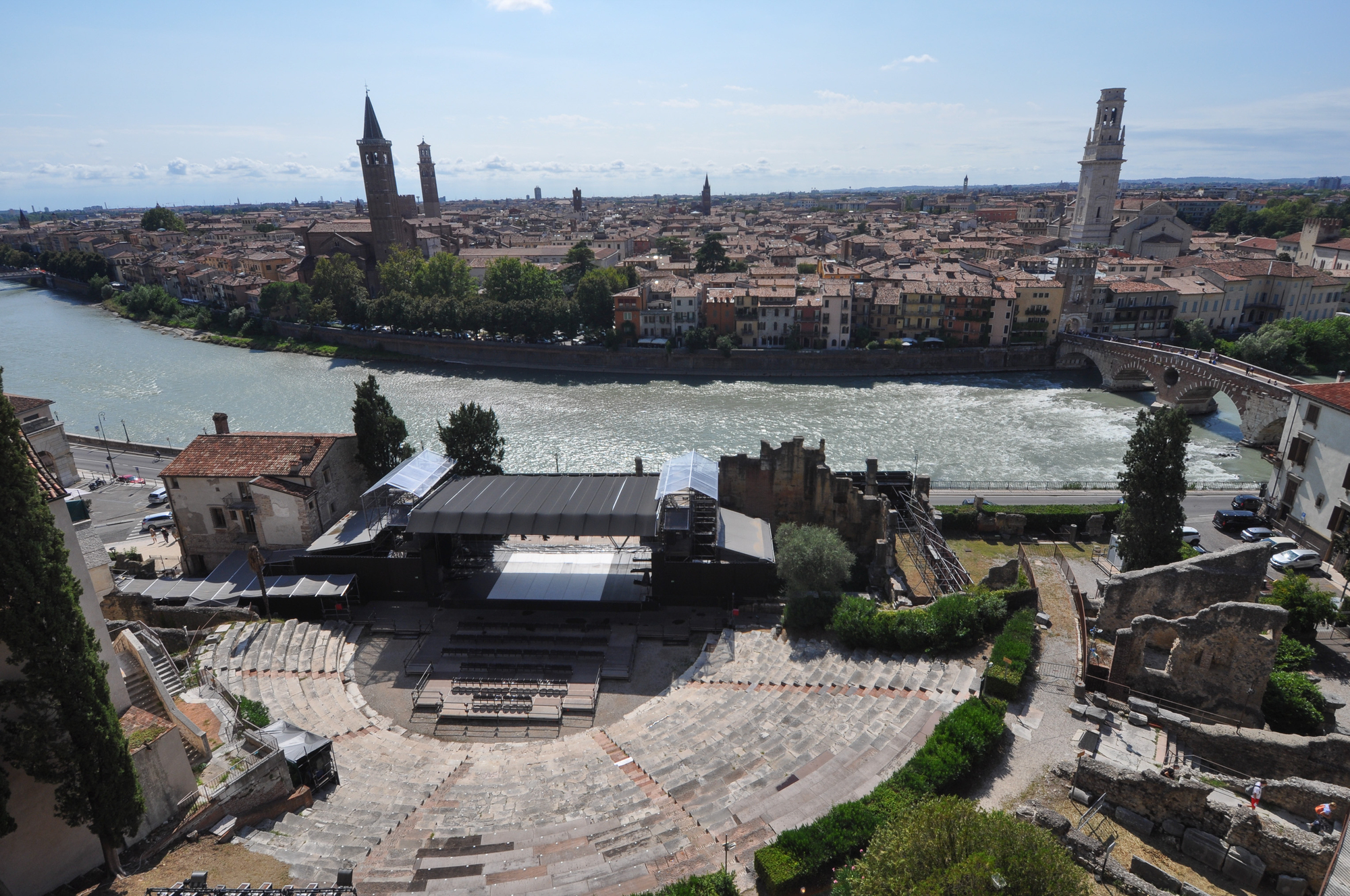
Built in the 1st century BC, this hillside theater predates Verona’s famous Arena by several decades. The original Roman seating carved into the hillside accommodated 25,000 spectators, though earthquakes and time have reduced capacity significantly.
The annual Shakespeare Festival transforms this ancient venue into an open-air stage for Romeo and Juliet, creating a perfect match between setting and story.
Aspendos Theater, Turkey
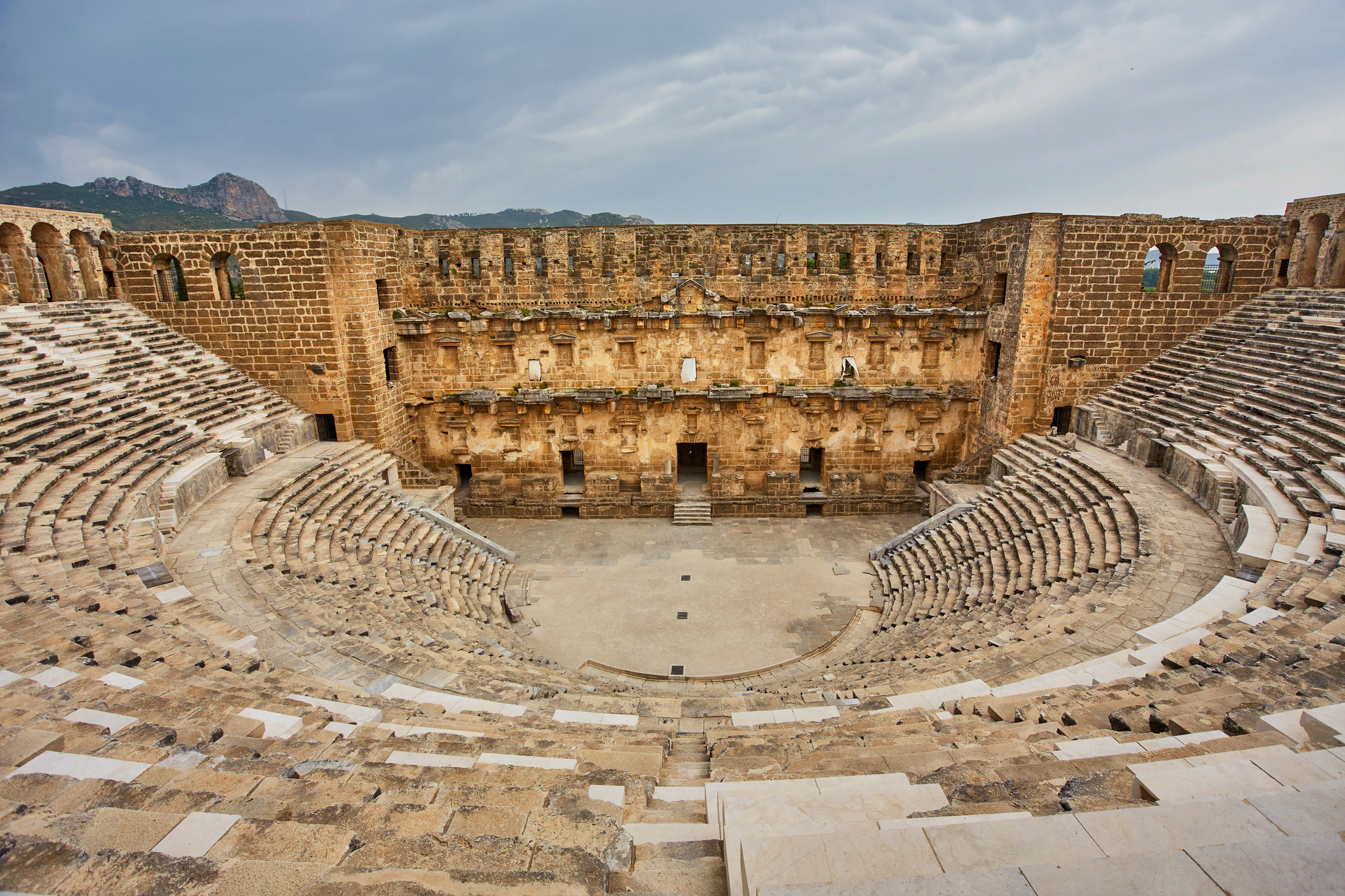
This 2nd-century Roman theater in southern Turkey remains so well-preserved that it’s still used without any modern reinforcement. The massive stage building rises 340 feet wide and features intricate stone carvings that have survived nearly 2,000 years of weather.
International opera and ballet companies regularly perform here, with the natural acoustics carrying every note to the 15,000-seat capacity crowd.
Like Travel Pug’s content? Follow us on MSN.
Theater of Marcellus, Italy
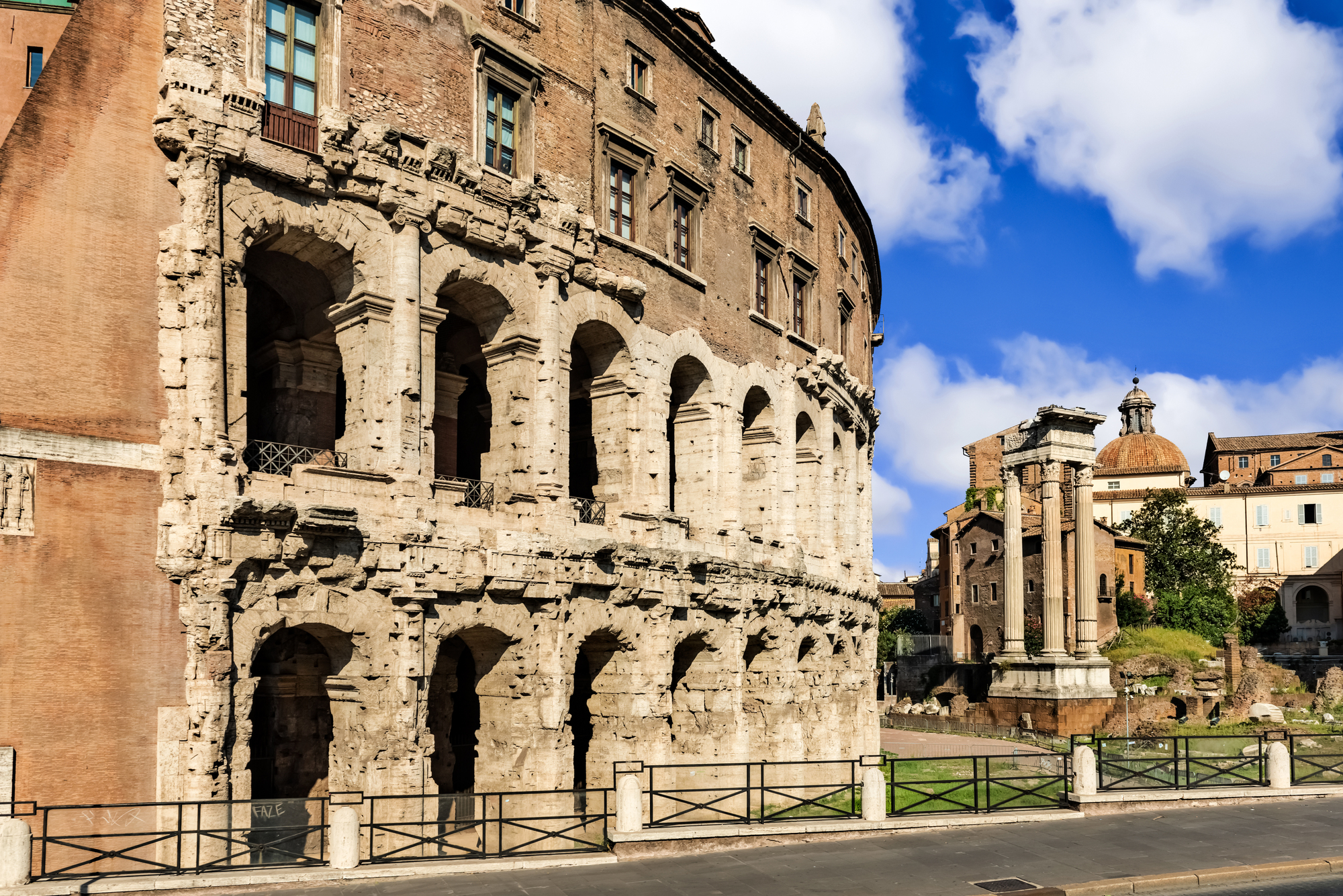
Julius Caesar began construction of this Roman theater, but Augustus completed it in 13 BC as a venue that could rival Pompey’s Theater. The curved facade influenced Renaissance architects, and you can still see its impact on buildings like the Colosseum.
While partially converted into apartments during medieval times, the remaining sections host chamber music concerts that take advantage of the intimate acoustics.
Caesarea Maritima Theater, Israel

King Herod built this seaside theater around 22 BC as part of his ambitious port city project. The Mediterranean backdrop creates one of the world’s most scenic performance venues, with waves crashing just beyond the ancient stage.
Modern restoration has returned the theater to active use, hosting everything from classical concerts to contemporary Israeli theater productions.
Sabratha Theater, Libya
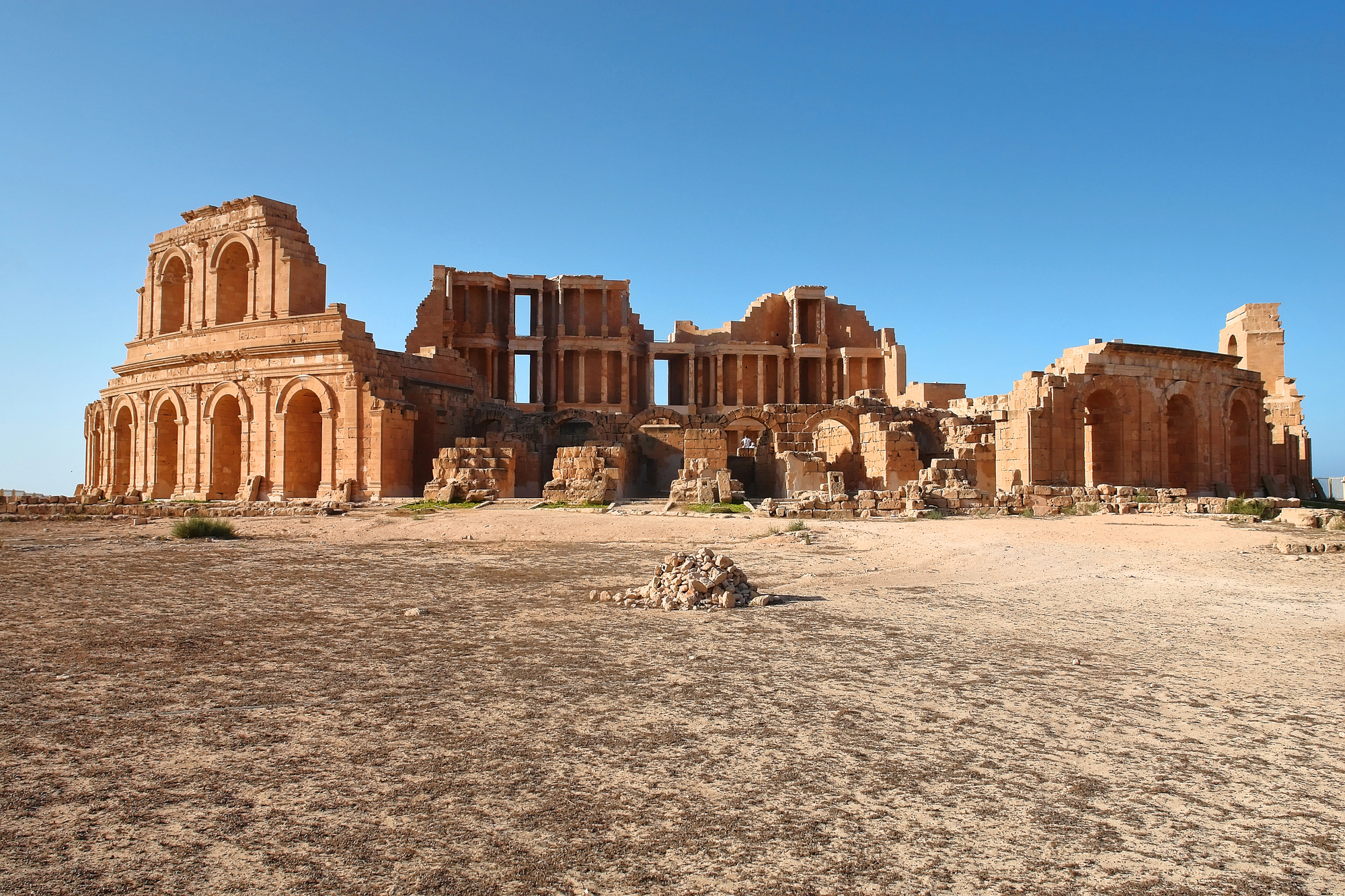
This spectacular 3rd-century theater features a three-story stage building decorated with over 100 columns and elaborate sculptural friezes. The Roman architects designed it to seat 5,000 spectators overlooking the Mediterranean Sea, creating a dramatic setting for both ancient and modern performances.
Despite political challenges, the theater occasionally hosts cultural events that celebrate Libya’s rich archaeological heritage.
Like Travel Pug’s content? Follow us on MSN.
Theater of Taormina, Italy
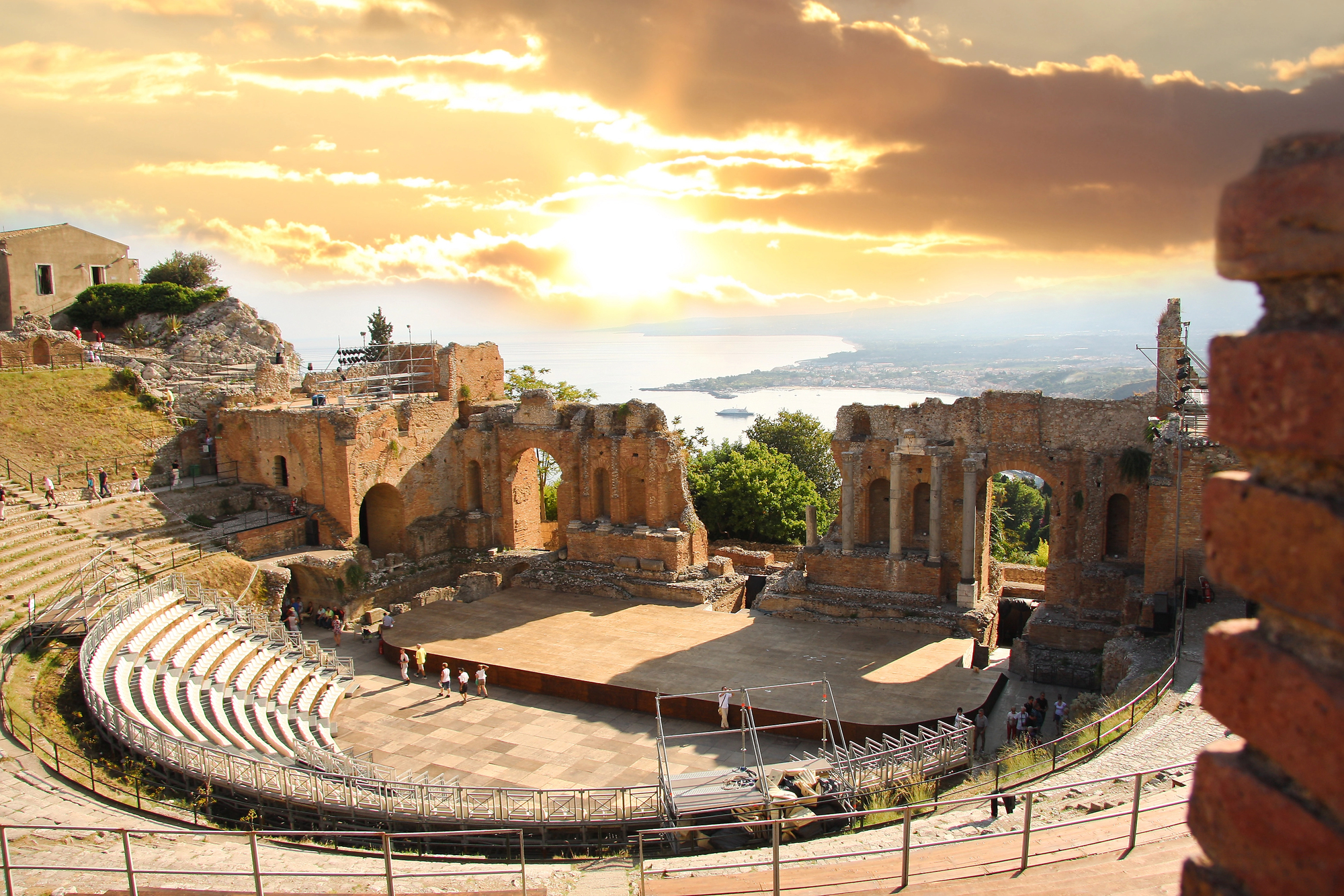
Perched on a cliff overlooking Mount Etna and the Ionian Sea, this Greek theater from the 3rd century BC offers one of the world’s most breathtaking performance settings. Romans later renovated it for gladiator games, but its original purpose as a dramatic venue has been restored.
The Taormina Arte Festival brings international stars to perform against backdrops of smoking volcanos and sparkling sea.
Plovdiv Roman Theater, Bulgaria
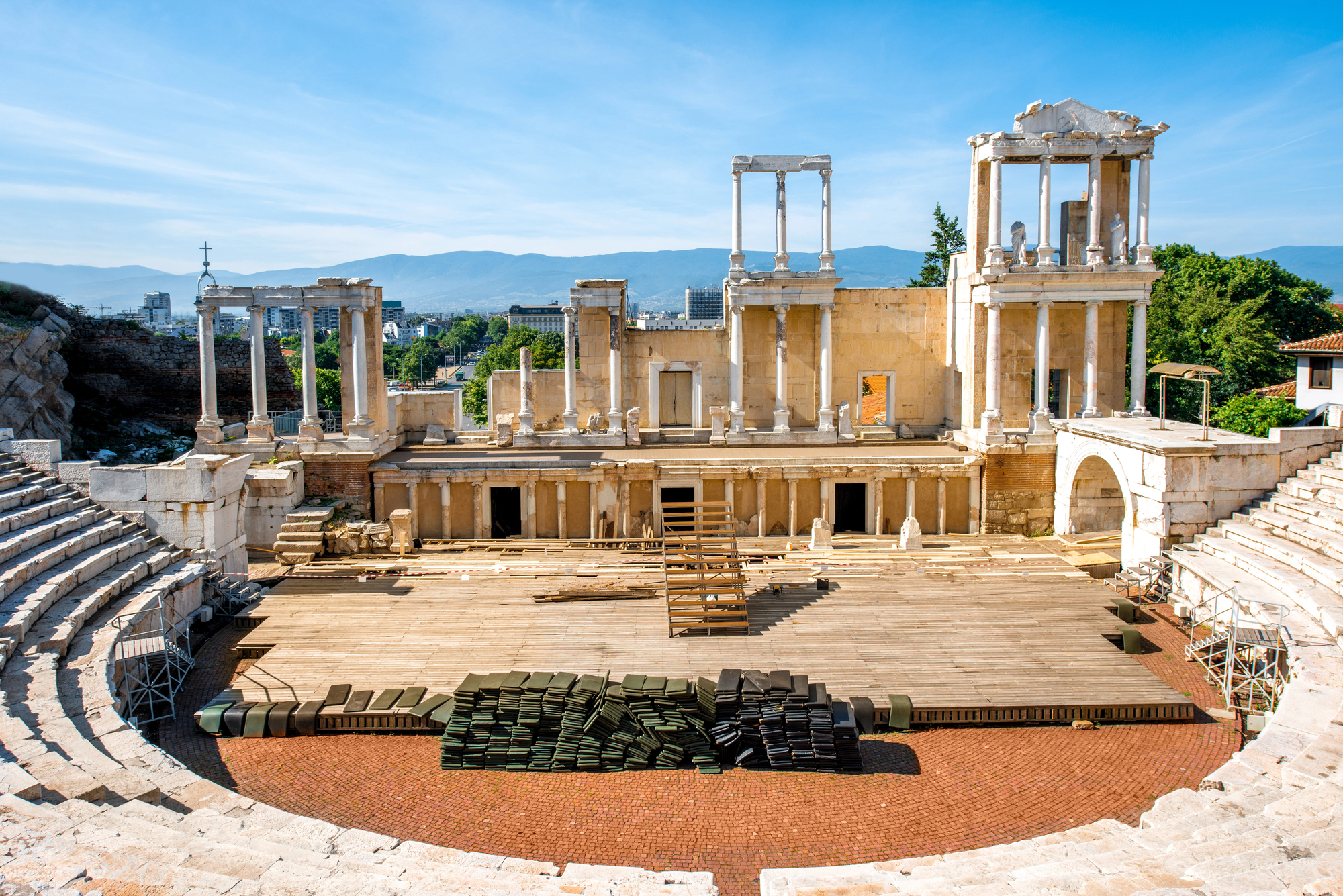
Discovered accidentally during construction work in 1972, this remarkably preserved 1st-century Roman theater—once part of the ancient city of Philippopolis—was built into a natural hillside depression. Originally seating up to 6,000 spectators in marble rows, the venue offers panoramic views over the modern city of Plovdiv.
Elaborate stage architecture and inscriptions in Greek and Latin reveal its multicultural legacy. Since its restoration, the theater has become a central venue for opera, ballet, and drama during Plovdiv’s summer season, blending ancient elegance with contemporary artistry.
Jerash South Theater, Jordan
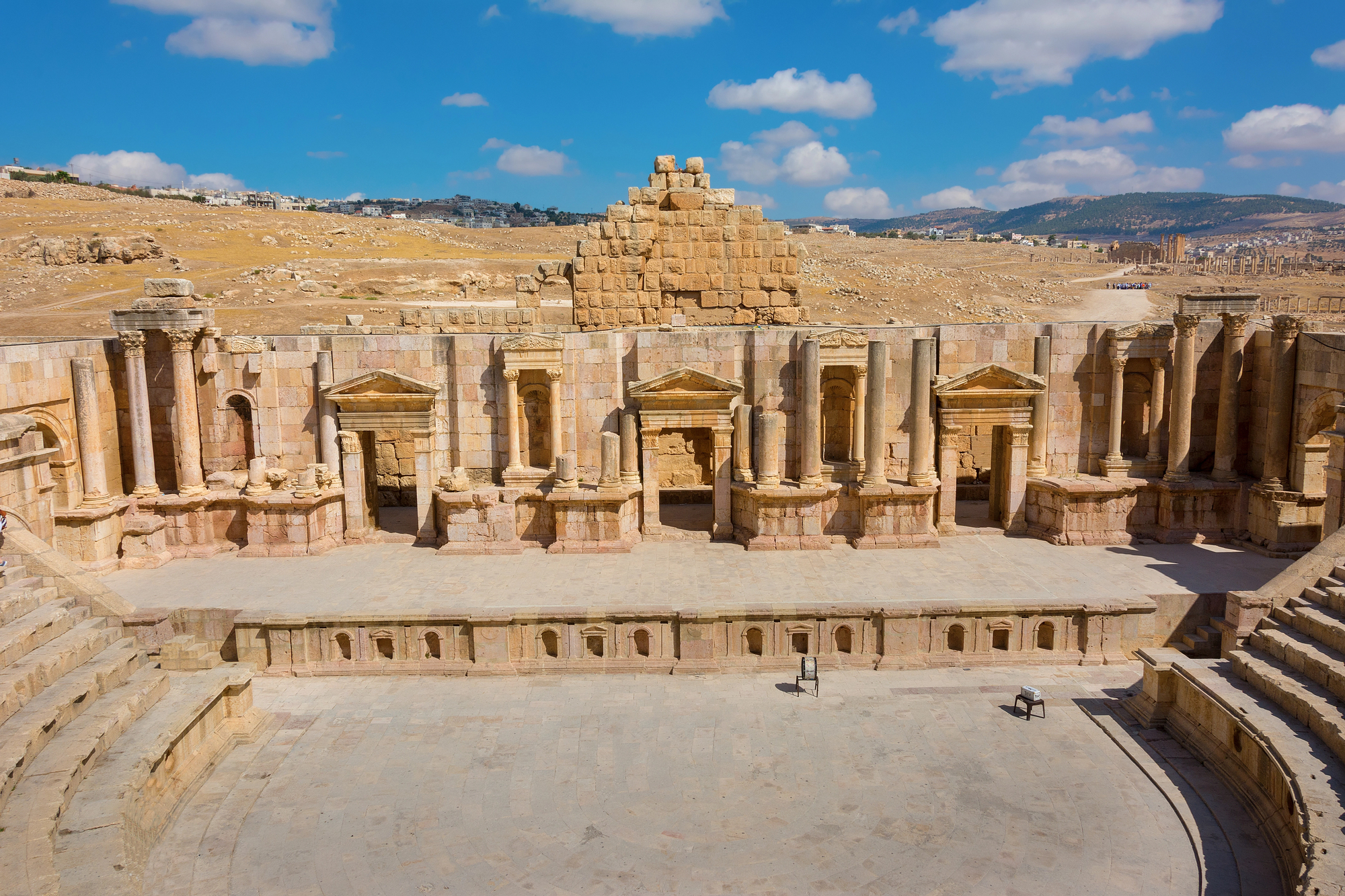
Built during the reign of Emperor Domitian around 90 AD, this theater showcases the Roman Empire’s reach into the Middle East. The limestone construction and desert setting create unique acoustics that ancient architects specifically designed for this climate.
The annual Jerash Festival of Culture and Arts transforms the venue into a celebration of Middle Eastern music, dance, and theater.
Like Travel Pug’s content? Follow us on MSN.
Bosra Theater, Syria
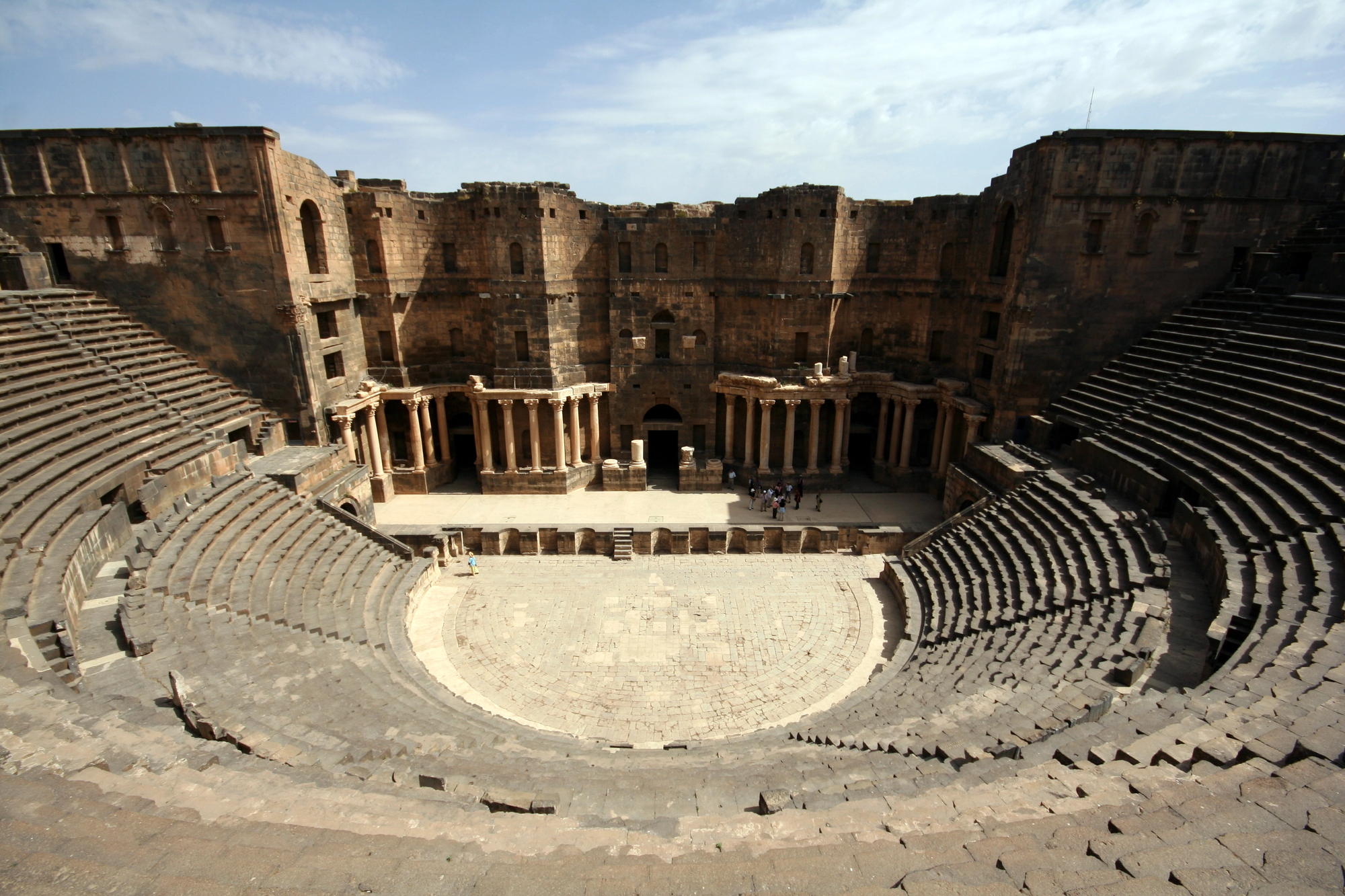
This black basalt theater from the 2nd century AD represents one of the best-preserved Roman theaters in the world. The volcanic stone construction has weathered nearly 2,000 years of desert conditions while maintaining its structural integrity.
When security conditions permit, the theater hosts performances that showcase Syria’s rich cultural traditions and archaeological treasures.
Kom el-Dikka Theater, Egypt
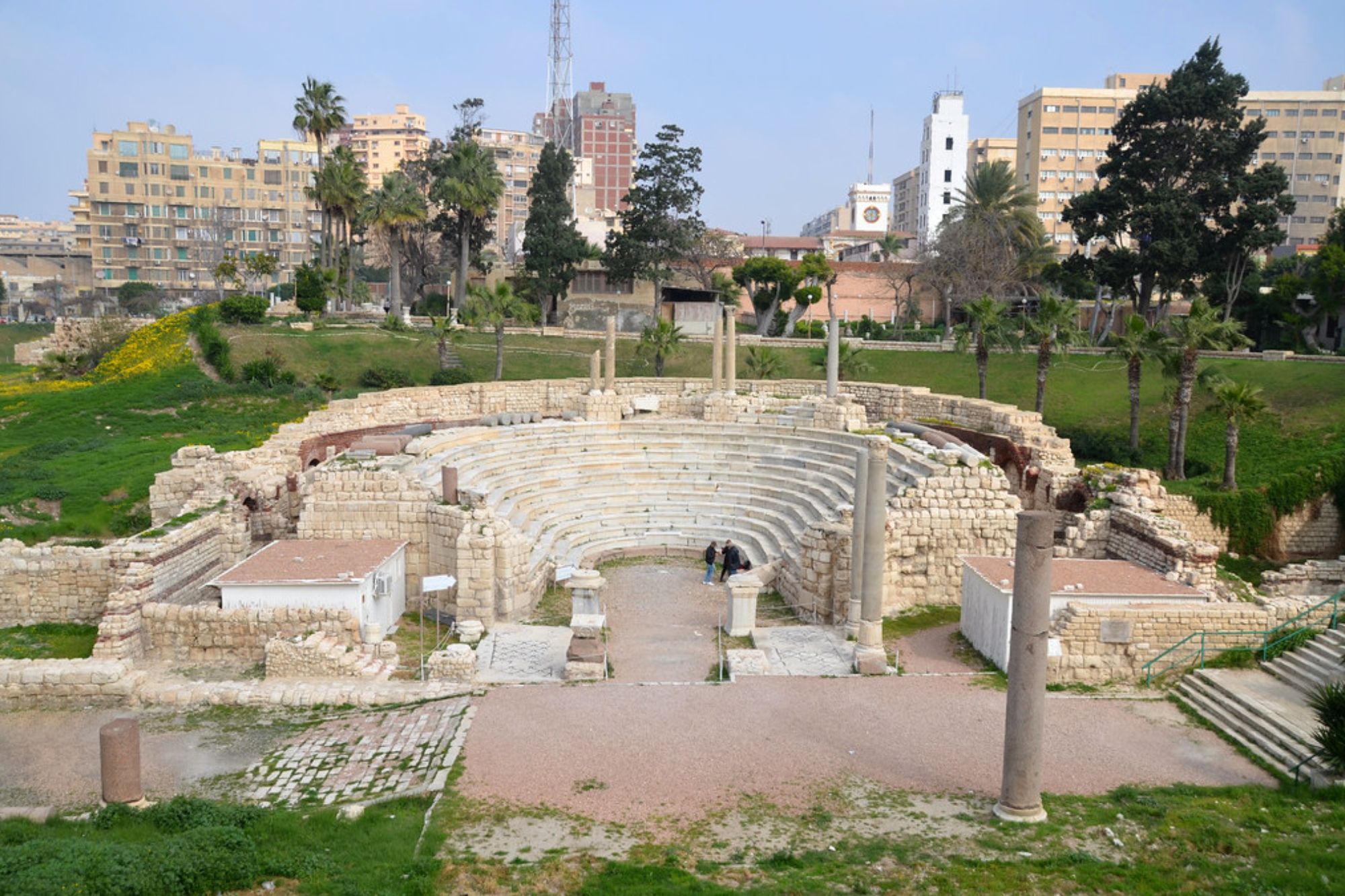
Discovered in Alexandria during the 1960s, this small Roman theater from the 4th century AD features unique design elements that blend Greek, Roman, and Egyptian influences. The marble seats and intricate mosaic floors reflect Alexandria’s role as a cultural crossroads of the ancient world.
Educational performances and cultural events now bring this compact venue back to life for modern audiences.
Miletus Theater, Turkey
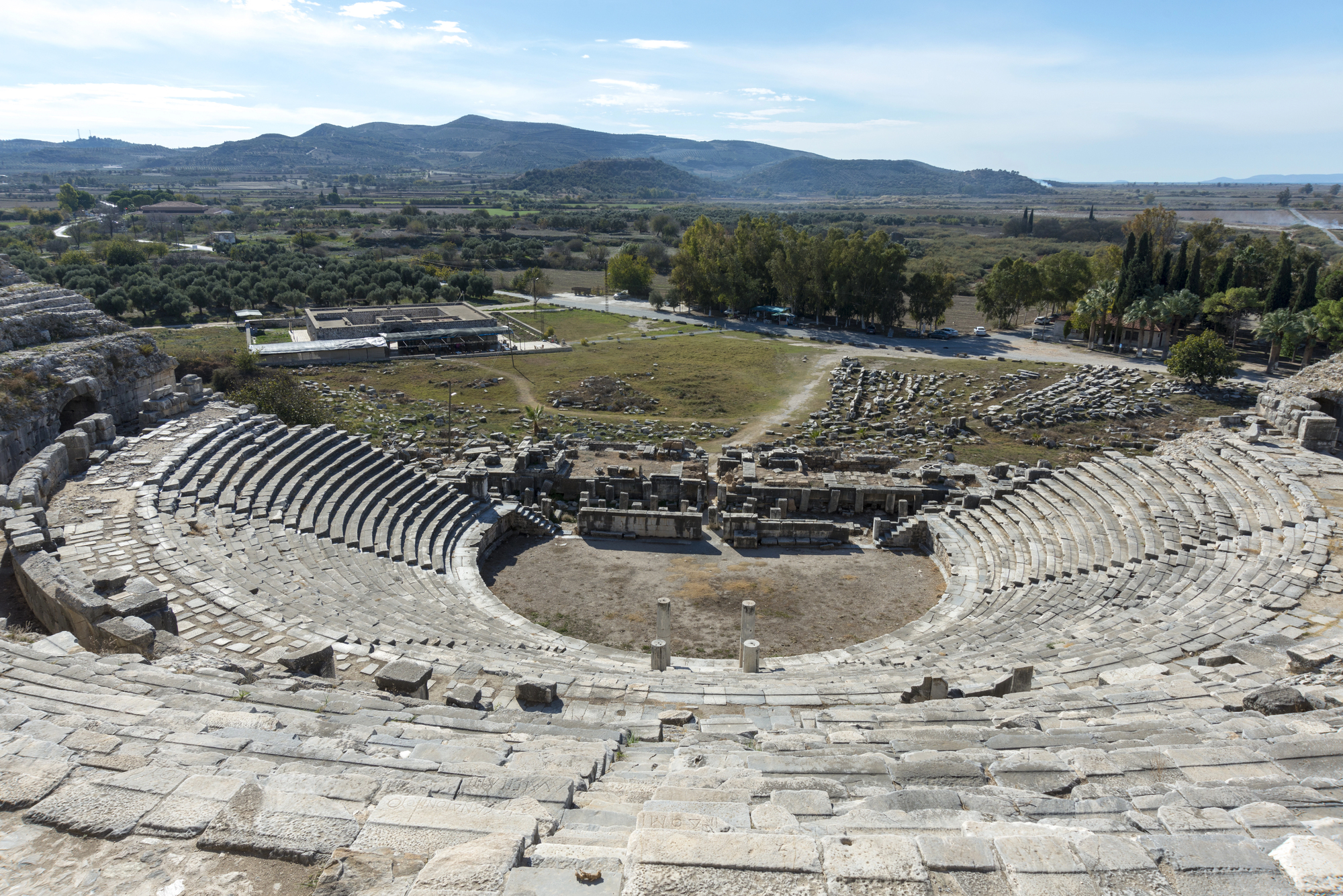
Originally built by Greeks in the 4th century BC and later expanded by Romans to hold 15,000 spectators, this theater demonstrates the evolution of ancient architecture. The massive structure overlooks the former harbor where St. Paul once preached to early Christians.
Archaeological concerts and cultural events occasionally bring music back to these time-worn stones.
Like Travel Pug’s content? Follow us on MSN.
Dougga Theater, Tunisia
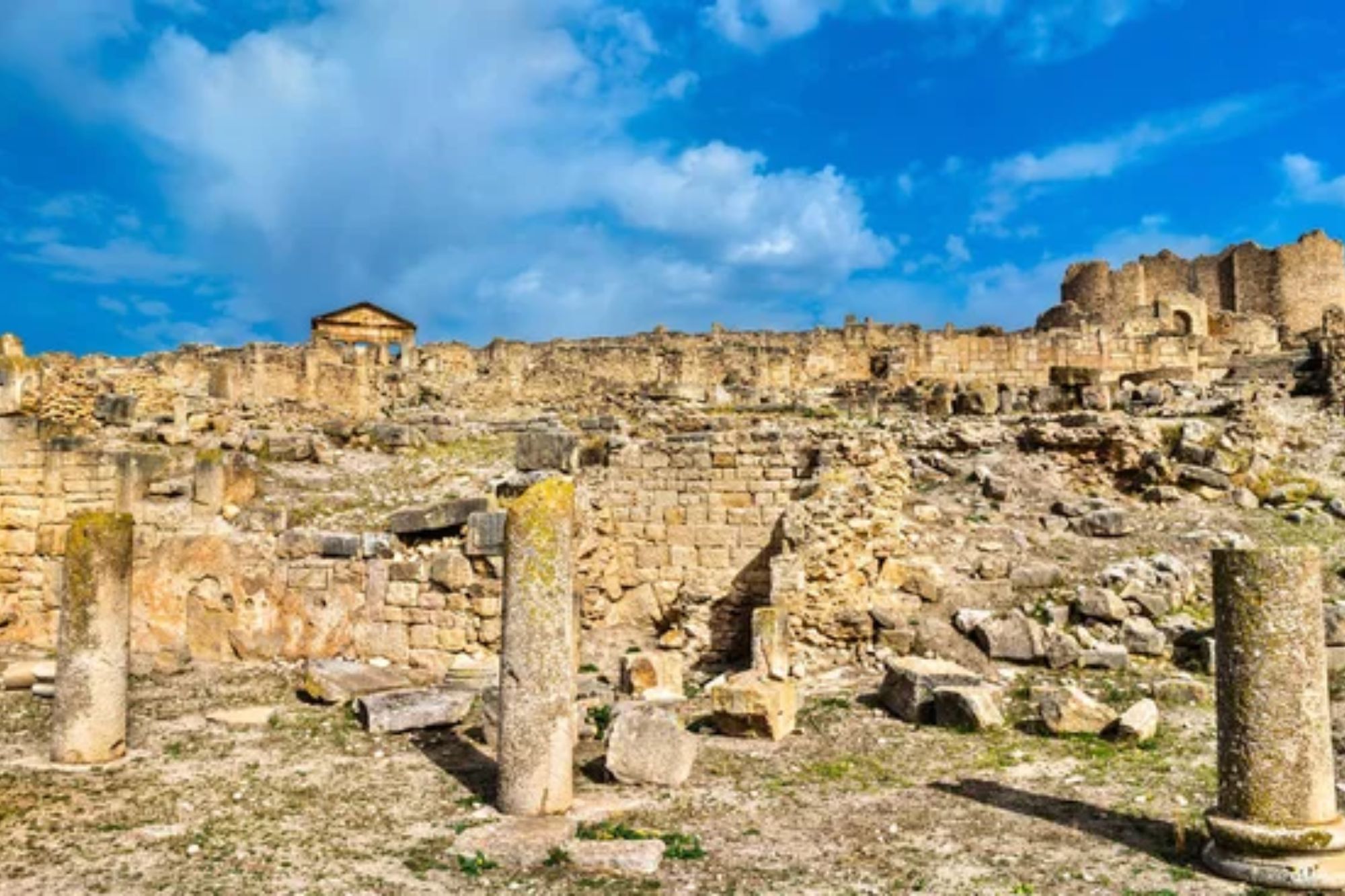
This small but perfectly proportioned Roman theater from the 2nd century AD sits atop a hill in one of North Africa’s best-preserved ancient cities. The 3,500-seat capacity made it intimate by Roman standards, creating acoustics ideal for both dramatic dialogue and musical performances.
Cultural festivals celebrating Tunisia’s diverse heritage now use this venue to connect ancient and contemporary North African arts.
Leptis Magna Theater, Libya
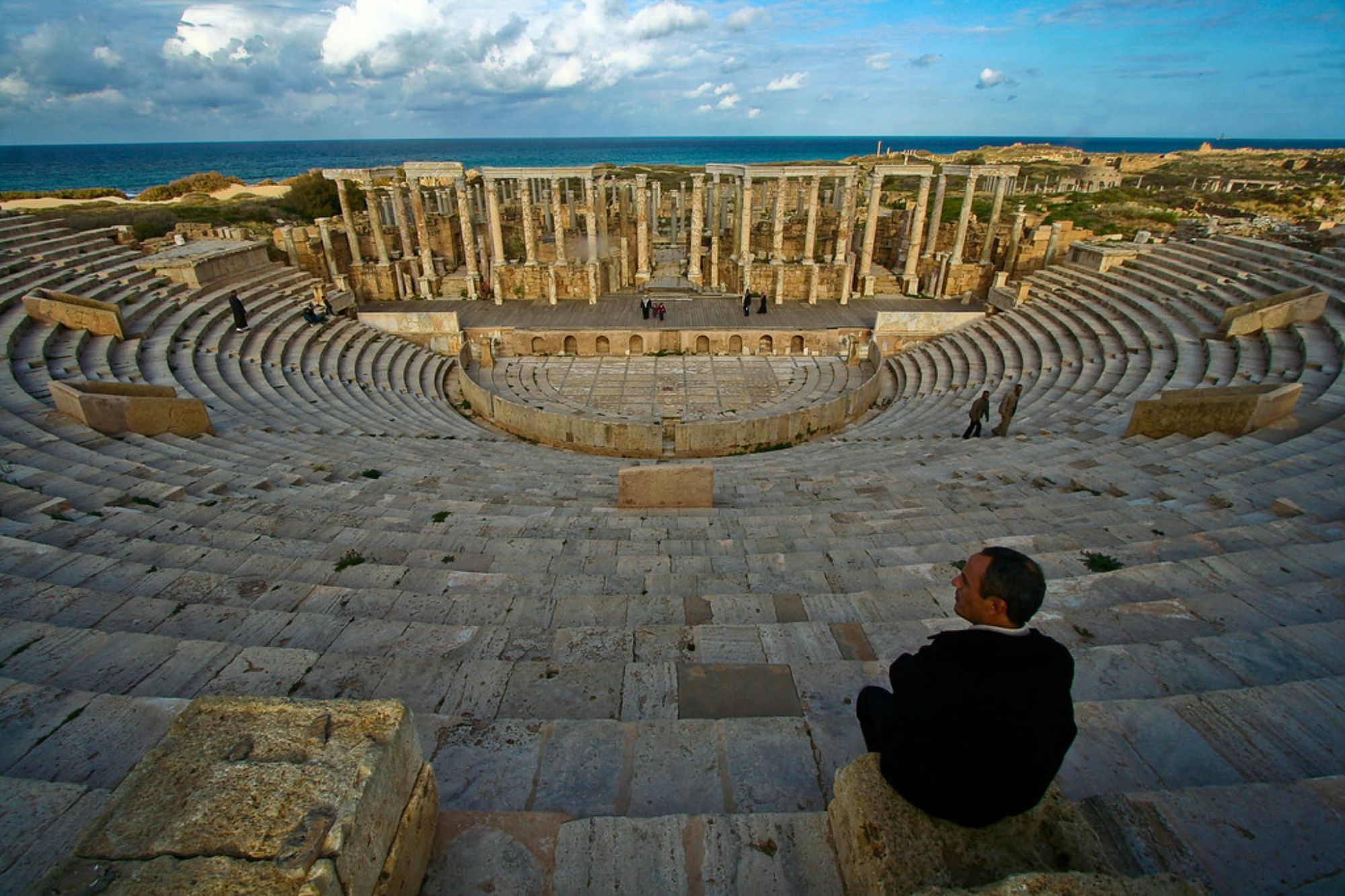
Built during the reign of Augustus around 1-2 AD, this theater reflects the wealth and ambition of one of the Roman Empire’s most prosperous African cities. The elaborate stage building and seating area could accommodate 6,000 spectators who came to see imported Roman entertainment.
When conditions allow, the theater serves as a venue for celebrating Libya’s ancient heritage through music and performance.
Butrint Theater, Albania
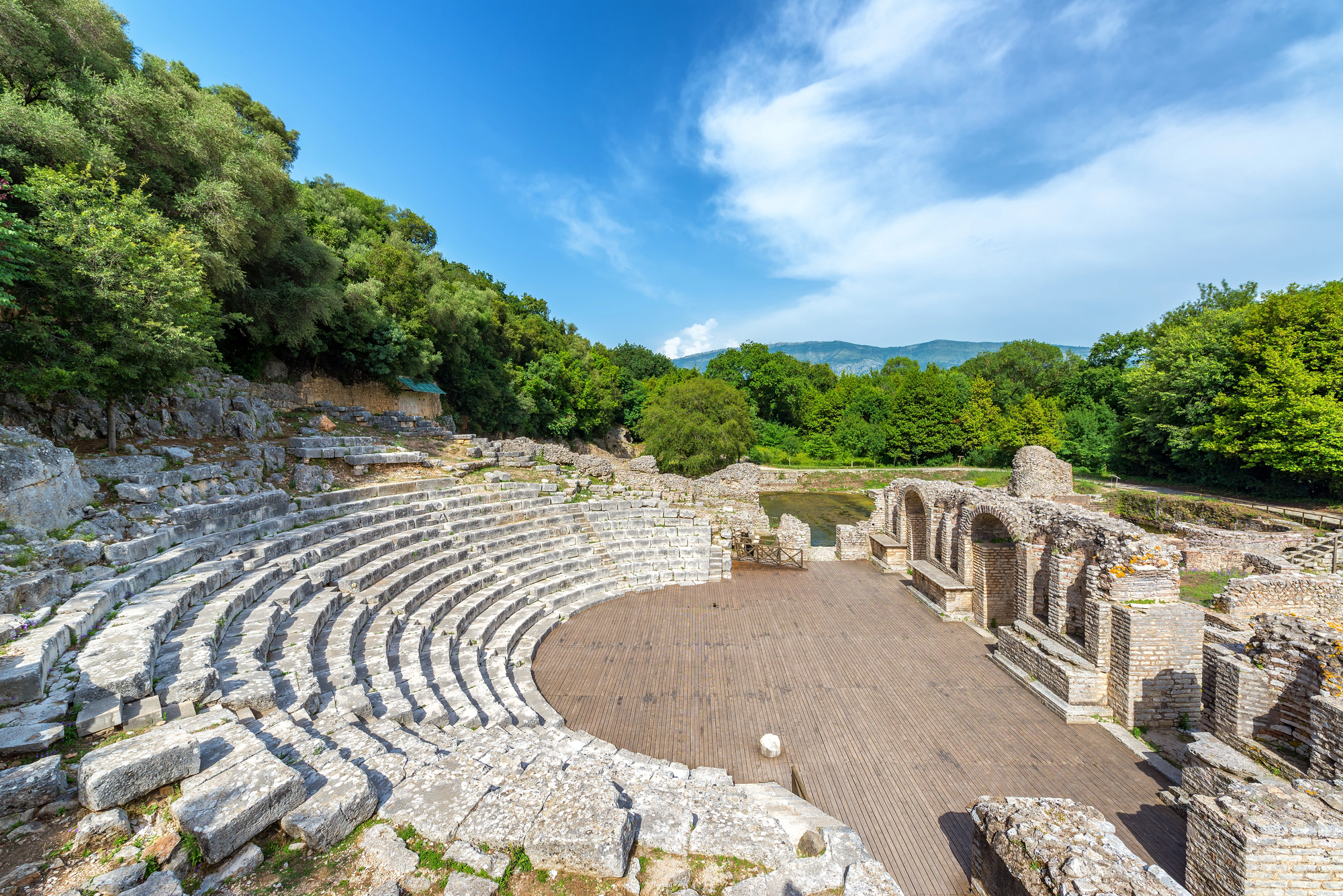
This small Greek theater from the 3rd century BC sits in a UNESCO World Heritage Site surrounded by pristine Albanian wilderness. The intimate 2,500-seat venue overlooks a lagoon that connects to the Ionian Sea, creating a setting of remarkable natural beauty.
Contemporary performances here celebrate Albanian culture while honoring the site’s ancient Greek and Roman layers.
Like Travel Pug’s content? Follow us on MSN.
When Ancient Stones Sing Again
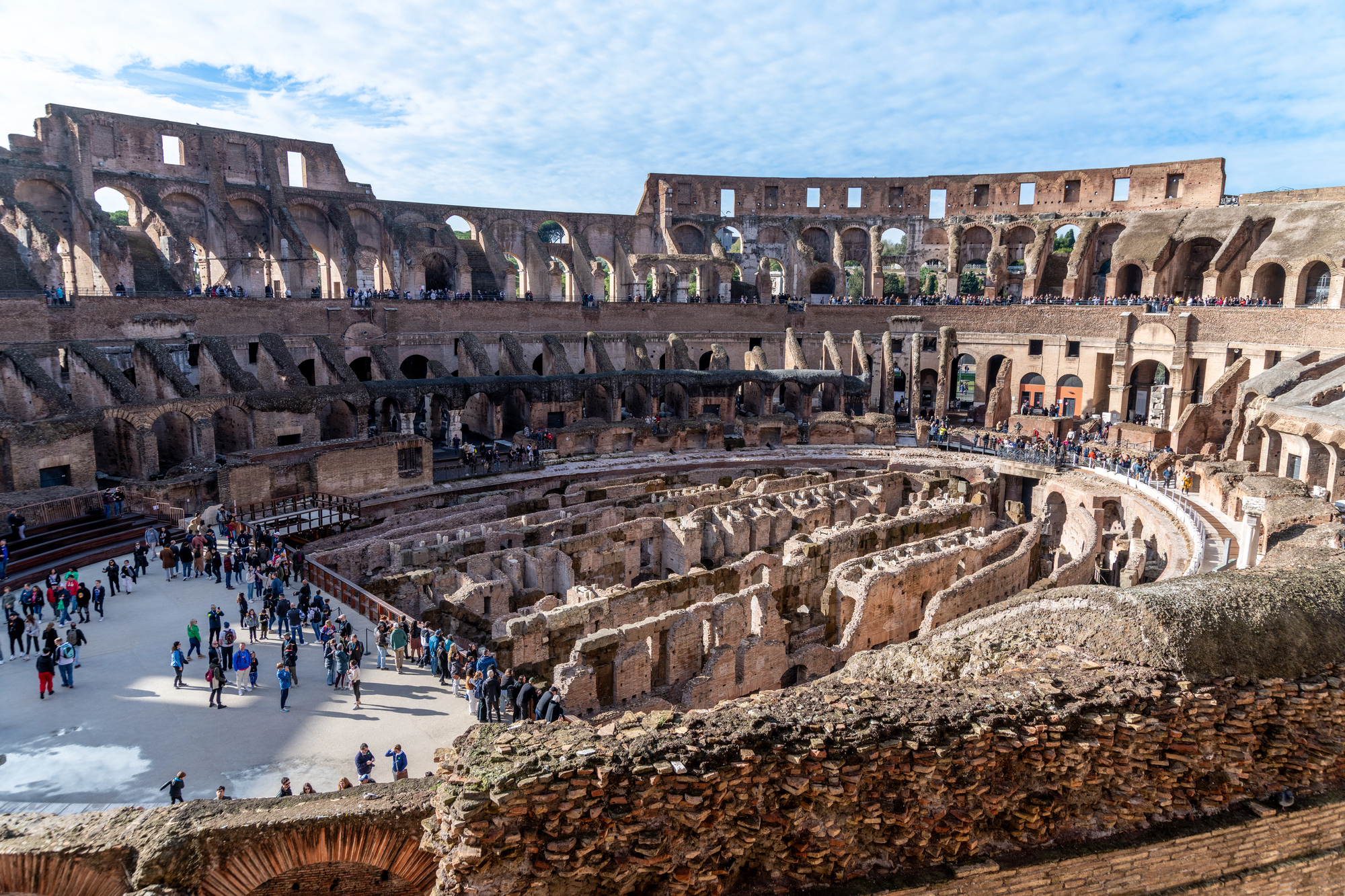
These theaters prove that truly great architecture transcends time and culture. Every performance in these ancient venues creates a dialogue between past and present, reminding us that human creativity and the desire to tell stories remain constant across millennia.
While technology has transformed how we create and consume entertainment, sitting in seats carved by Roman hands while watching a live performance connects us to something fundamentally human that no digital experience can replicate.
More from Travel Pug

- 20 Best Beach Towns in the Carolinas
- 13 Destinations Where Tourists Regularly Regret Their Trip
- 20 Destinations That Are More Magical Without an Itinerary
- 20 Underrated Adventures That Belong on Your Travel List
- 20 Cities Where You Should Just Wing It, No Planning Required
Like Travel Pug’s content? Follow us on MSN.
